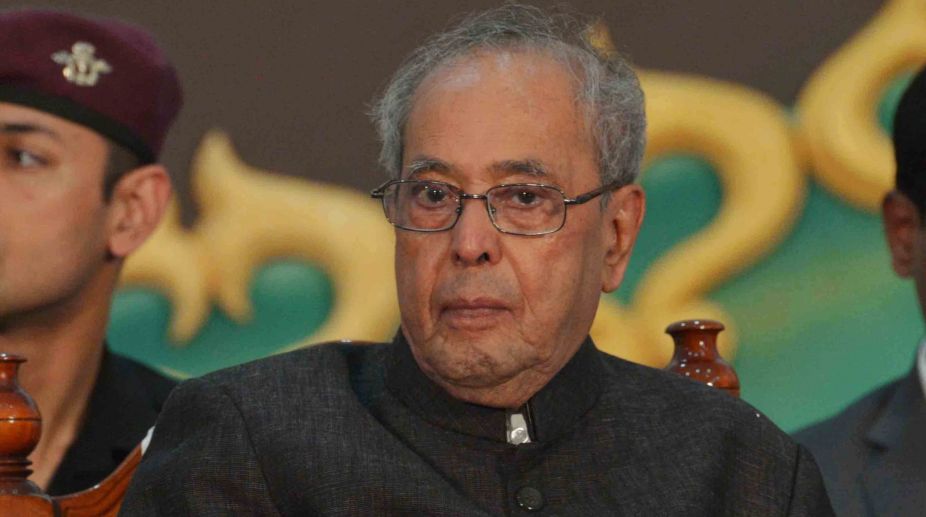A statesman’s life
The author’s inclusion of her father’s own assess- ments, notably his observation that Sonia Gandhi was “only trying to protect her own and her family’s interests,” adds a layer of candid introspection to the narrative.

Former President of India Pranab Mukherjee. (Photo: IANS)
Pranab Mukherjee, former President of India, has made it clear on Saturday that he won’t return to politics and he wants to follow the footsteps of his predecessors Dr Rajendra Prasad, Sarvepalli Radhakrishnan and Dr A P J Abdul Kalam at Rashtrapati Bhaban.
While addressing a programme organised by Kolkata chapter of Young Indians(Yi), a youth wing of the Confederation of Indian Industry (CII), in the city on Saturday, “I am 83 plus and have also retired as the President of India for eight months. I am now going to attend young Indians.”
“After retirement, Dr Rajendra Prasad never go back to politics, Sarvepalli Radhakrishnan also never went back to academics and Dr A P J Abdul Kalam did not go back to his job of making missiles,” Mr Mukherjee said virtually confirming his decision to not go back to politics after leaving Raisina Hills.
Advertisement
Though there is no precedence of any President of India going back to politics again after retirement. Mr Mukherjee who was a college teacher in West Bengal before joining politics had also announced to go back to teaching after leaving Rashtrapati Bhaban.
He urged young entrepreneurs to generate jobs for working population in the country.
“With India set to become home to the world’s largest working population by 2022 and a global supplier of workforce, education, skill development and enhancing employability are the most urgent needs, according to Mr Mukherjee.
If India harbours the hope of reaping demographic dividends, it must make sure its people are educated and skilled enough, Mr Mukherjee told a large assembly of young entrepreneurs in the programme.
Mr Mukherjee, who holds the record of becoming the youngest finance minister of the country, exhorted the country’s youth to work towards ending the growing wealth gap.
There is an emerging divergence of haves and have-nots, he said, adding tdisparity exists not just on health and education parameters, but also on income distribution.
“A recent report on the Indian economic situation between 2013 and 2017 states that 71 per cent of the total wealth generated in India is accumulated by 21 per cent people; while remaining 79 per cent of the population are left with 29 per cent of the wealth.
This cannot go on for long. Change has to be brought about by the young people, not by me, not by anybody else,” he told the Yi members.
Advertisement